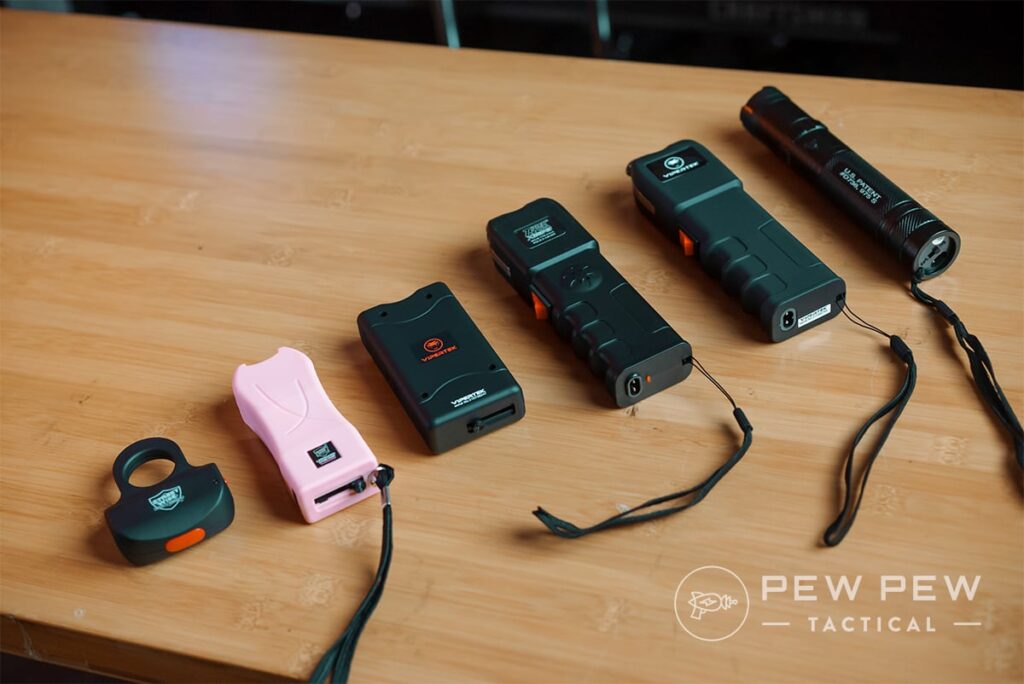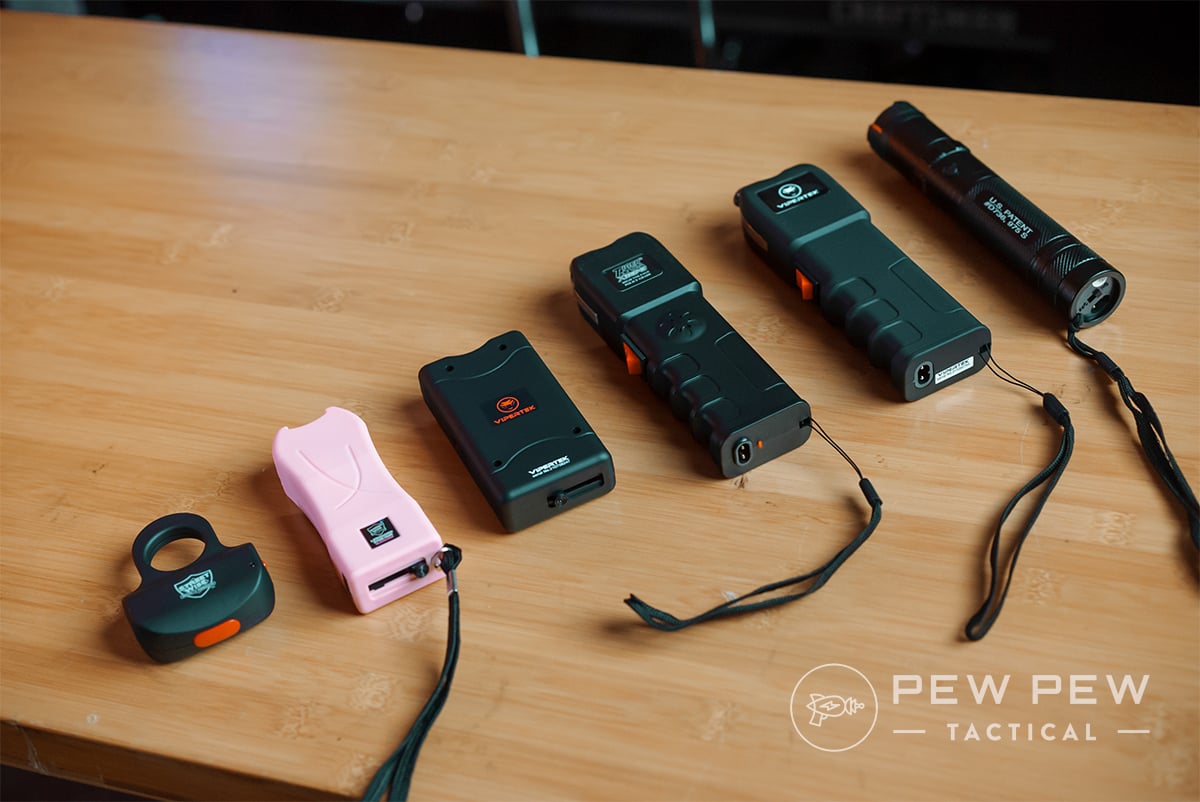
Taser Gun: Understanding its Use, Legality, and Controversy
The taser gun, also known as a conducted electrical weapon (CEW), has become a prevalent tool in law enforcement and, in some jurisdictions, for civilian self-defense. This article delves into the intricacies of the taser gun, exploring its functionality, legal status, associated controversies, and its role in modern society. Understanding the taser gun requires a balanced perspective, acknowledging both its potential benefits and inherent risks. This device is designed to temporarily incapacitate a person through electrical shock, offering an alternative to lethal force. However, its use is not without debate, raising questions about safety, accountability, and the potential for misuse.
What is a Taser Gun?
A taser gun is a handheld device that delivers an electrical current to the body, disrupting muscle control and causing temporary incapacitation. Unlike firearms that use projectiles, tasers launch small darts connected to the device by thin wires. When these darts make contact, they deliver a high-voltage, low-amperage electrical shock that overrides the body’s nervous system, resulting in a temporary loss of motor control. The duration of the shock is typically short, lasting only a few seconds, but it is enough to subdue a resisting individual. The intention behind the taser gun’s design is to provide a less-lethal option for law enforcement, reducing the risk of serious injury or death during confrontations.
How Does a Taser Gun Work?
The mechanism of a taser gun is relatively straightforward. The device contains a compressed gas cartridge that propels two darts towards the target. These darts are designed to pierce clothing and make contact with the skin. Once the darts are embedded, the taser gun delivers an electrical pulse that disrupts the body’s ability to send signals to the muscles. This disruption causes the muscles to contract involuntarily, leading to temporary incapacitation. The electrical current is designed to be non-lethal, but it can still cause pain and discomfort. The effectiveness of a taser gun depends on several factors, including the distance to the target, the clothing worn by the target, and the location of the dart impacts.
Legality of Taser Guns
The legality of taser guns varies significantly depending on the jurisdiction. In some countries and states, they are legal for both law enforcement and civilian use, while in others, they are restricted to law enforcement only, or completely banned. The regulations often depend on the perceived risk of misuse and the potential for harm. For civilians, obtaining a taser gun typically requires a background check and may be subject to specific licensing requirements. It’s crucial to understand the local laws regarding taser guns before purchasing or carrying one. Penalties for illegal possession or misuse can be severe, ranging from fines to imprisonment.
Use by Law Enforcement
Law enforcement agencies frequently employ taser guns as a tool for de-escalation and control. They are often used in situations where a suspect is resisting arrest, posing a threat to themselves or others, but does not warrant the use of lethal force. The goal is to quickly and safely subdue the individual, minimizing the risk of injury to both the suspect and the officers involved. Many police departments have strict guidelines on when and how taser guns can be used. These guidelines typically require officers to undergo extensive training on the proper use of the device, as well as de-escalation techniques and crisis intervention strategies. The use of taser guns by law enforcement is often subject to scrutiny and review, especially in cases where the suspect is injured or killed. [See also: Police Brutality Statistics].
Civilian Use and Self-Defense
In jurisdictions where taser guns are legal for civilian use, they are often marketed as a self-defense tool. Proponents argue that they provide a non-lethal alternative for individuals to protect themselves from potential attackers. A taser gun can offer a crucial window of opportunity to escape or call for help. However, it is essential to recognize that using a taser gun for self-defense comes with responsibilities. Users must be aware of the legal limitations on self-defense and must only use the taser gun when there is a reasonable fear of imminent harm. Training is also essential for civilians who choose to carry a taser gun. Proper training can help individuals understand how to use the device effectively and safely, as well as how to avoid potential legal issues.
Controversies and Concerns
Despite their intended purpose as a less-lethal weapon, taser guns are not without controversy. Concerns have been raised about the potential for misuse, as well as the risk of serious injury or death. Some studies have suggested that taser guns can cause cardiac arrest, particularly in individuals with pre-existing heart conditions. Other concerns include the potential for nerve damage, muscle injuries, and psychological trauma. The use of taser guns on vulnerable populations, such as pregnant women, children, and the elderly, has also drawn criticism. Critics argue that these populations may be more susceptible to the harmful effects of electrical shocks. Furthermore, there are concerns about the accountability of law enforcement officers who use taser guns. In some cases, officers have been accused of using taser guns excessively or inappropriately, leading to accusations of police brutality. [See also: Excessive Force Lawsuits].
Safety and Risks
The safety of taser guns is a subject of ongoing debate. While manufacturers and law enforcement agencies maintain that they are generally safe when used according to guidelines, medical professionals and human rights organizations have raised concerns about the potential for serious harm. The risks associated with taser gun use can be influenced by several factors, including the individual’s health, the duration of the shock, and the location of the dart impacts. Individuals with heart conditions, respiratory problems, or other underlying health issues may be at greater risk of complications. It is important to remember that even though a taser gun is designed to be non-lethal, it can still cause significant pain and discomfort. The psychological impact of being tased should also not be underestimated.
Alternatives to Taser Guns
In situations where the use of force is necessary, there are several alternatives to taser guns that law enforcement agencies and individuals can consider. These alternatives include verbal de-escalation techniques, physical restraint methods, and other less-lethal weapons, such as pepper spray or batons. Verbal de-escalation involves using communication skills to calm down a potentially volatile situation and persuade the individual to comply. Physical restraint methods can be used to control a suspect without causing serious injury. Pepper spray can be effective in temporarily incapacitating an individual, while batons can be used to deliver non-lethal blows. The choice of which alternative to use depends on the specific circumstances of the situation, as well as the training and experience of the individual or officer involved. [See also: De-escalation Training for Law Enforcement].
Future of Taser Gun Technology
The technology behind taser guns continues to evolve. Manufacturers are constantly working to improve the safety and effectiveness of these devices. Future developments may include taser guns with adjustable voltage levels, allowing officers to tailor the level of force to the specific situation. Other potential advancements include taser guns with built-in cameras, providing a record of the encounter and enhancing accountability. There is also research into new types of less-lethal weapons that could potentially replace or supplement taser guns. These new technologies may offer improved safety and effectiveness, while also addressing some of the concerns associated with current taser gun models. The ongoing development of less-lethal weapons is driven by the desire to find safer and more effective ways to manage conflict and protect both law enforcement and the public.
Conclusion
The taser gun is a complex and controversial tool that plays a significant role in law enforcement and, in some cases, civilian self-defense. While it offers a less-lethal alternative to firearms, its use is not without risks and concerns. Understanding the functionality, legality, and potential consequences of taser gun use is essential for both law enforcement officers and civilians. As technology continues to advance, it is crucial to carefully evaluate the safety, effectiveness, and ethical implications of these devices. The ongoing debate surrounding taser guns highlights the need for clear guidelines, comprehensive training, and a commitment to accountability. Ultimately, the goal is to find ways to manage conflict and protect public safety while minimizing the risk of harm to all parties involved. The future of taser gun technology hinges on balancing the need for effective law enforcement tools with the imperative to safeguard human rights and well-being.

